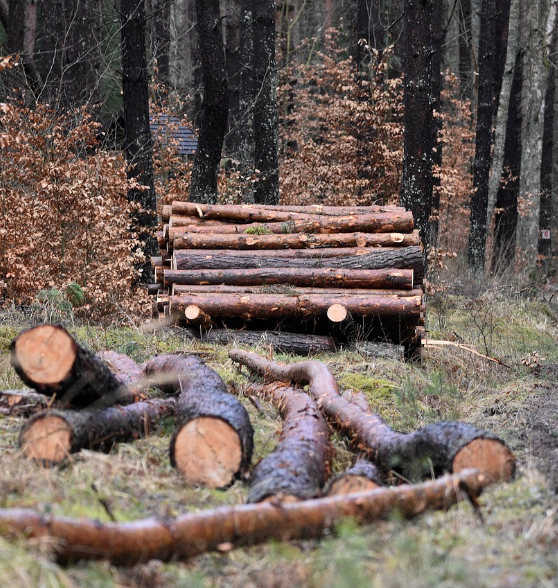Linyi Fupeng Wood Co., Ltd.Shandong Linyi Fupeng Wood Industry Co., Ltd. was founded in 2007 and is located in Zhubao Industrial Park, Yitang Town, Linyi City, China's board production base. The company has a registered capital of 5 million RMB and covers an area of 8,000 square meters. One of the manufacturers of board, clear water template, wood plywood, flame retardant plywood, ecological board.Over the years, we have been adhering to the marketing concept of honesty, sincere cooperation, and common development, relying on...
